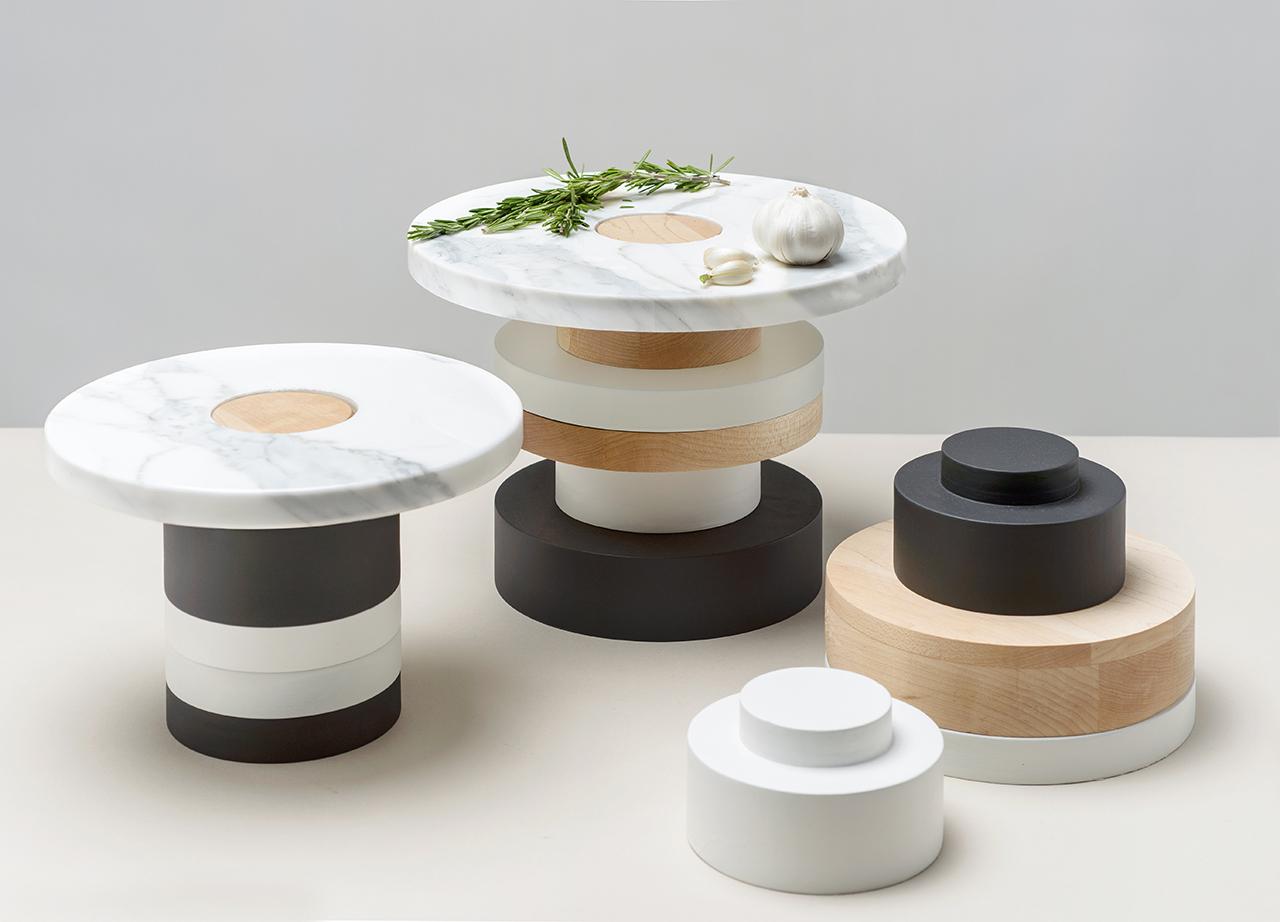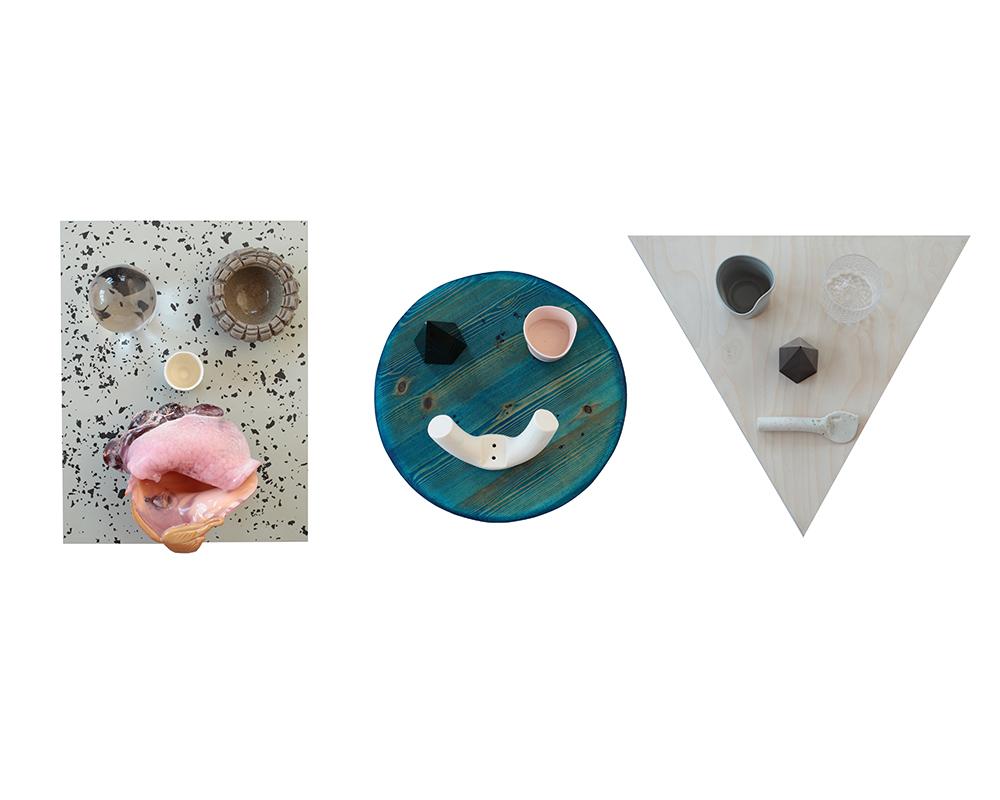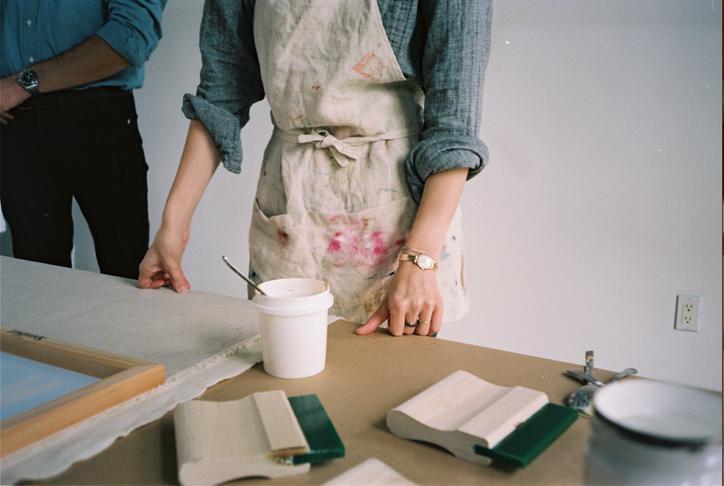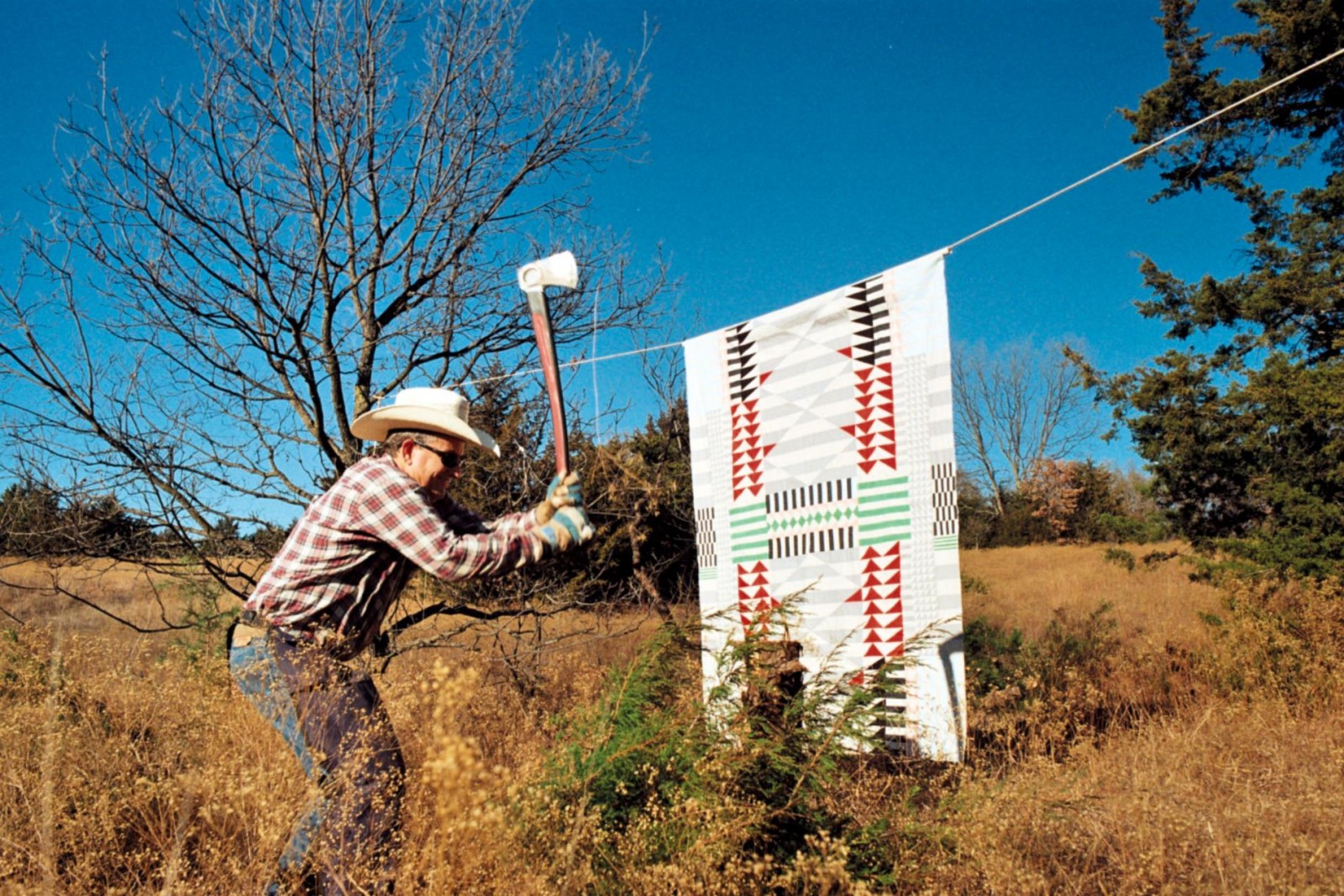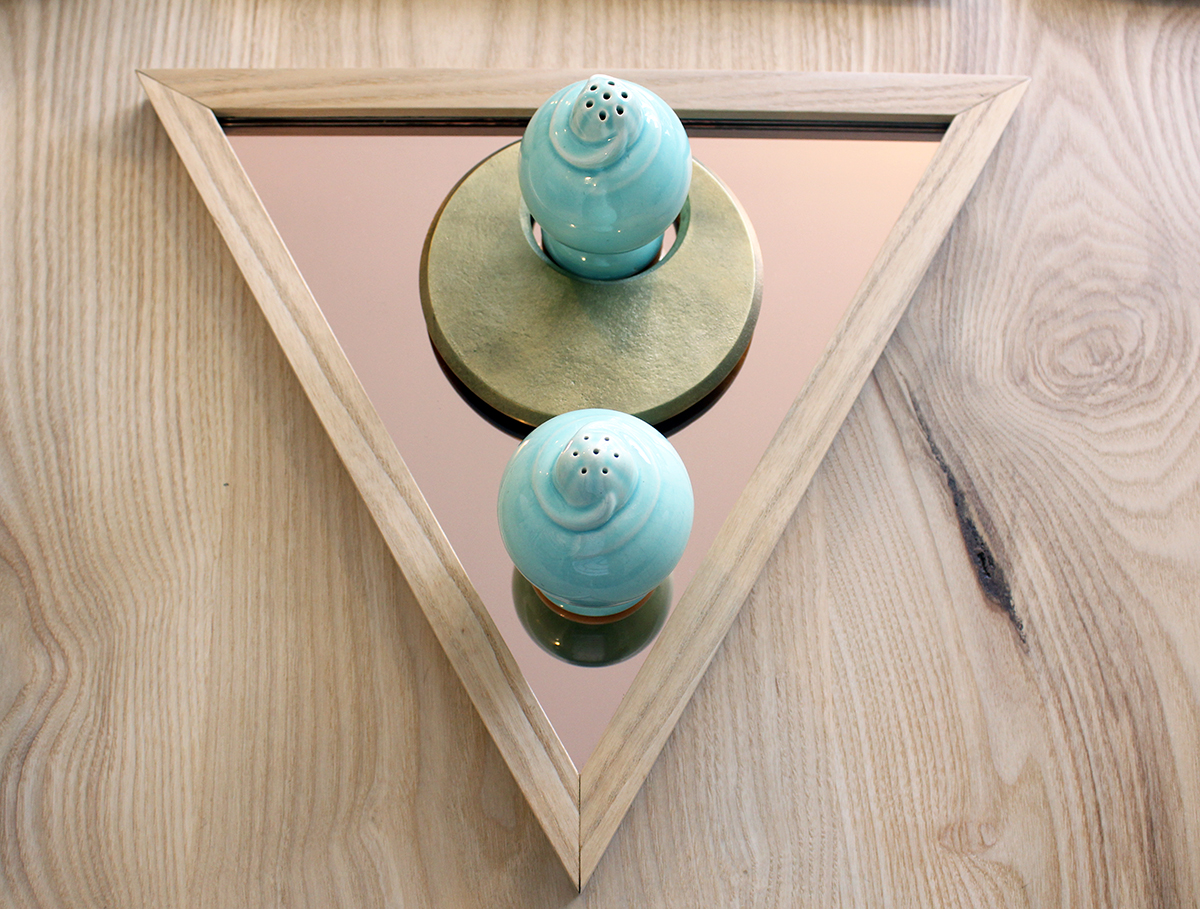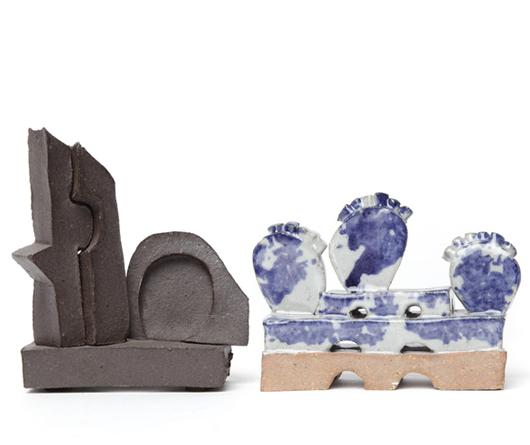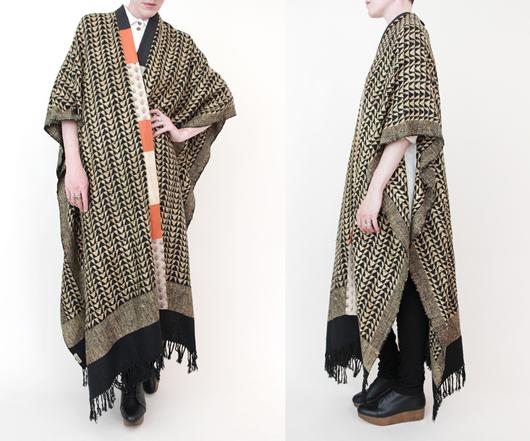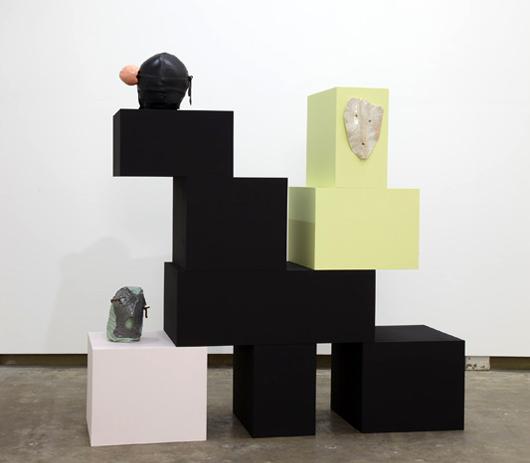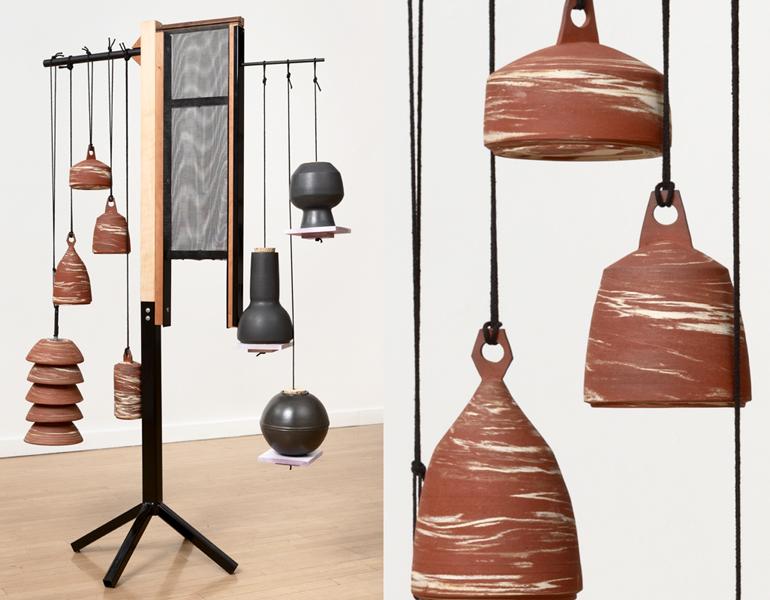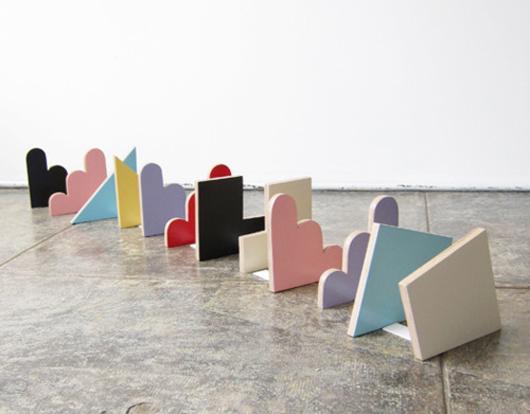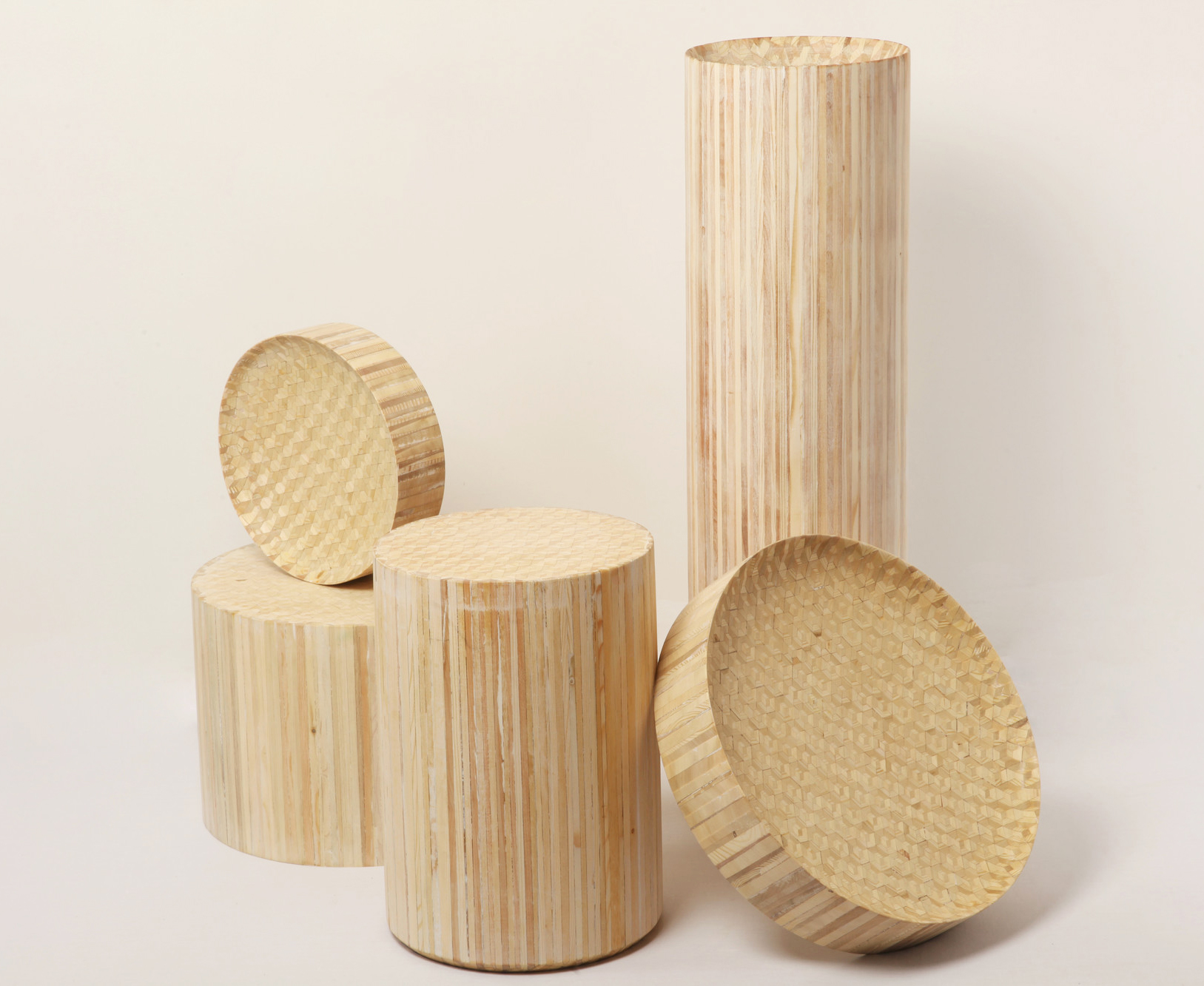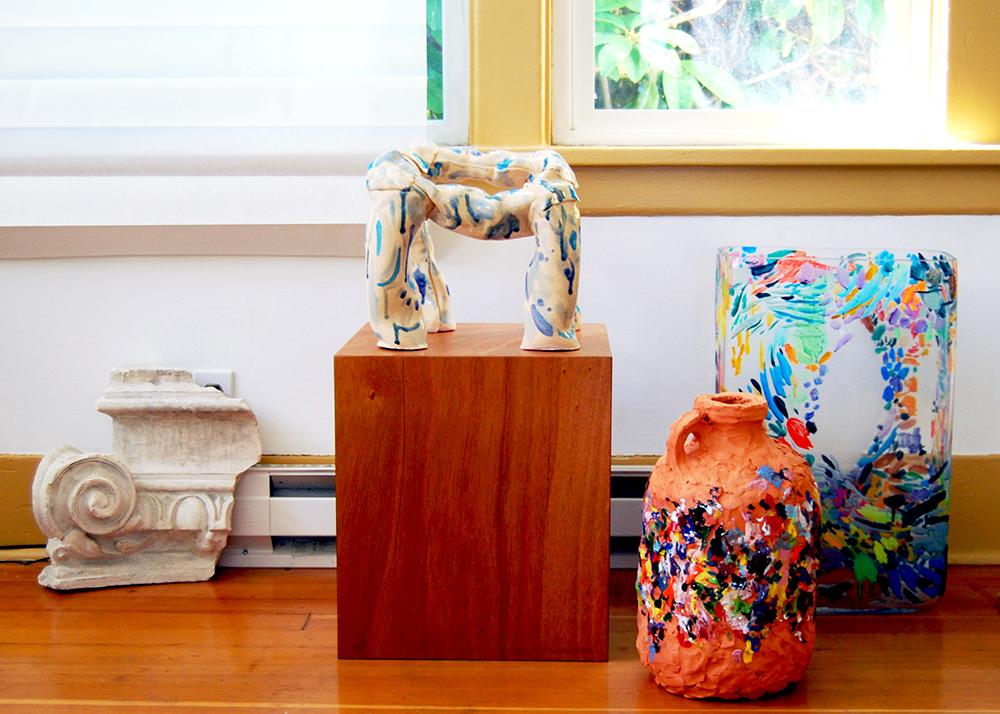
04.02.14
Up and Coming
Nicholas Nyland, artist
Nicholas Nyland studied to be a painter for years, first as an undergrad at the University of Washington and then as a graduate at the University of Pennsylvania. But it only took one night for him to figure out that his heart belonged to ceramics. “I discovered ceramics through a friend who invited people over just to play around and make things,” says the Seattle-based artist. “It was like a light bulb went off over my head. It was the best combination of my interests in painting and color and surface, with the immediacy of sculptural practice and the ability to then glaze.”
